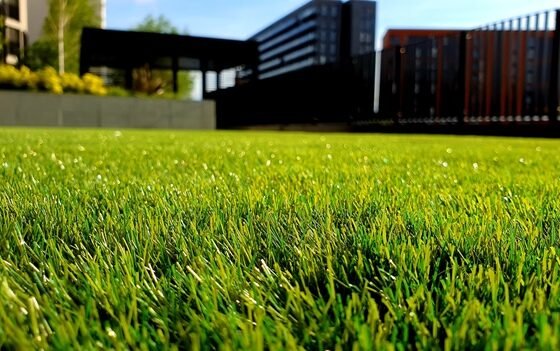Table of Contents Show
Some of the most common plumbing problems include dripping faucets, broken water heaters, and toilets that don’t flush.
Other more serious issues include major pipe leaks that can cause extensive structural damage & ruin the components of homes and businesses.

In this section, we’ll discuss ten frequent problems, their causes, plus how they might be remedied.
Some plumbing issues can be handled with a few simple tools and a desire to learn, whilst others almost definitely necessitate contacting a plumbing company for assistance.
Plumbing Problems: The 10 Most Common Mistakes
Faucets are Dripping
It’s rare to meet someone who hasn’t dealt with a dripping faucet at some point in their life.
More than an eyesore, water waste can raise your bill and put you out of pocket. One faucet can waste hundreds of gallons of water over a period of a year.
Dripping faucets are often caused by worn or dislodged internal washers that have deteriorated over time. In most cases, a person with simple DIY abilities and minimal tools can remedy this issue. To fix a leaky faucet, shut off the water supply, remove the washer, and afterward put it back together again with a new washer.
Drainage Problems in a Sink
The most common source of this issue is a clog, which prevents water from flowing freely.
You may find congealed fat & food debris in your kitchen sink drain. Knotted hair & soap are more prone to be the culprits of a clogged bathroom sink.
A plunger, baking bicarbonate soda, or a synthetic clog remover can be used to clear a clogged sink. A plumber’s snake can also be used. Without immediate action, the condition would most certainly grow until the drain becomes fully blocked.
Drainage Problems in the Bath or Shower
Hair and soap scum buildup in the drains of baths and showers is a common cause of clogged drains.
A plumber’s snake or a plunger may be necessary to remove the clog. The clog may be broken up with a combination of baking soda and vinegar.
Read Also:
Toilet Drain Clogs
Obstruction occurs when the septic tank fills and refuses to empty. Paper & human waste are the most common causes of blockage.
A plunger is usually all that is needed to unclog a clogged toilet. A sewage snake or drainage auger could be used to ease up the obstruction if that does not.
Not Running Toilet
Up to 200 liters of water can be wasted each day because of a running toilet. Most of the time, the flapper valve that regulates the flow of water from the tank here to the bowl is the root of the problem.
A toilet repair kit, readily available anywhere at the hardware shop, can solve this problem quickly and easily.
An Unreliable Source of Hot Water
When you take a shower as well as the water suddenly becomes cold, you may not notice this issue until it’s too late.
A water heater’s failure can be caused by a variety of factors. You may have to relight the pilot light if it goes out.
Another potential issue is a buildup of silt. In other cases, it’s possible that the problem stems from the thermostat.
A lack of Water Flow
It’s possible that low water pressure is causing your taps to drip instead of gushes. Older houses frequently have this issue.
The most typical cause of low water pressure is leaky pipes that become damaged, worn out, or rusted over the years.
Clogged Garbage Disposal
There are instances when garbage disposals get stuck. Many things can go wrong with them, including running them without water or disposing of specific food substances like cornhusks and potato peels.
Backup of Sewage System
Having to deal with sewer system blockages is a nightmare. Oftentimes they’re unpleasant to the point of being disgusting and unsanitary, as well as inconvenient and expensive to treat. This is most likely the cause of clogged drains and toilets, as well as a strong odor of human waste.
Conclusion
The person in charge of resolving the problem will largely be determined by where the obstruction is located. If it’s on your land, you’re responsible for it.
Your water company is responsible for repairing the problem if it is on a public road. Regrettably, you may have to get a free plumbing invoice template to discover the obstruction; however, if you have any reason to believe that the obstruction is not on the property, you should contact your water utility first.









